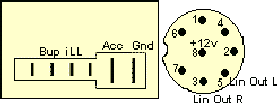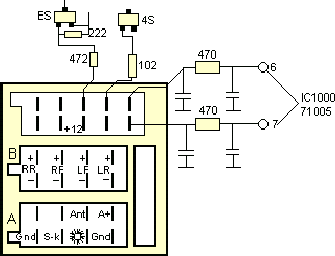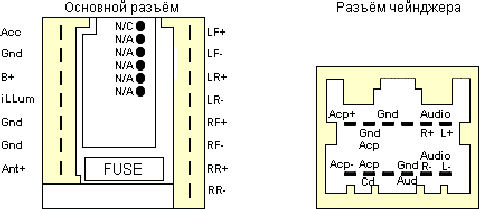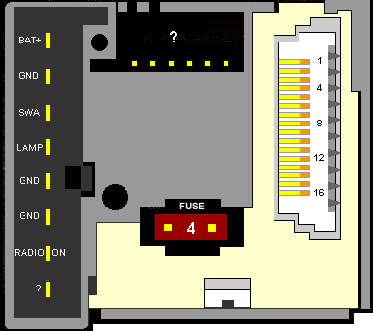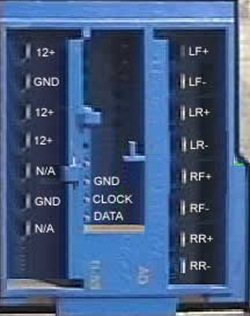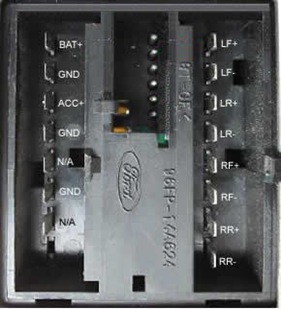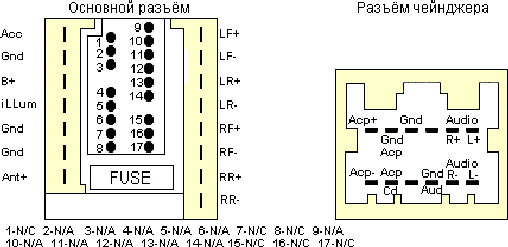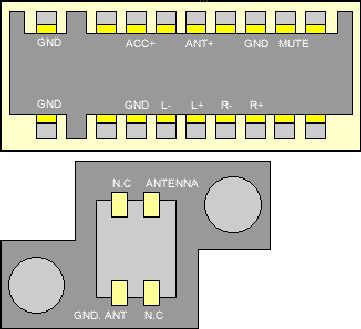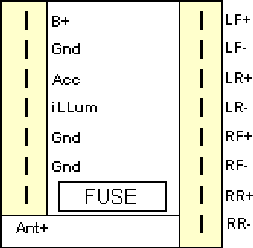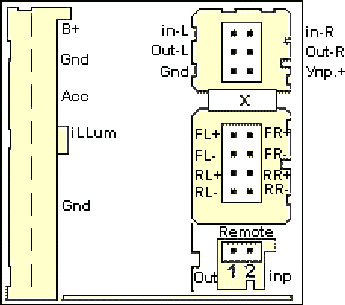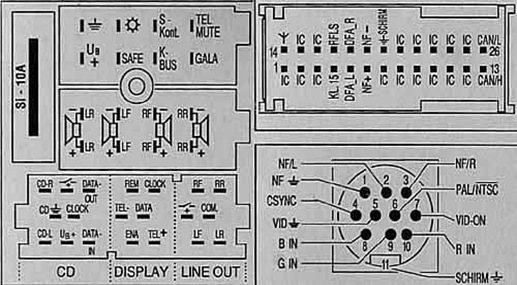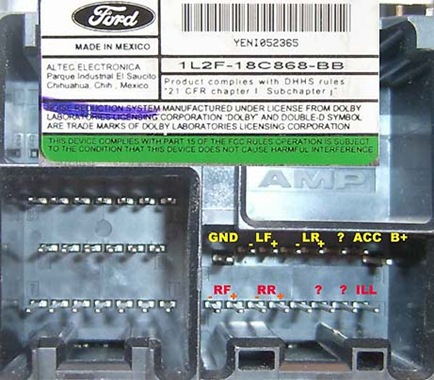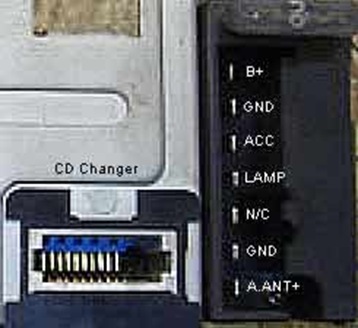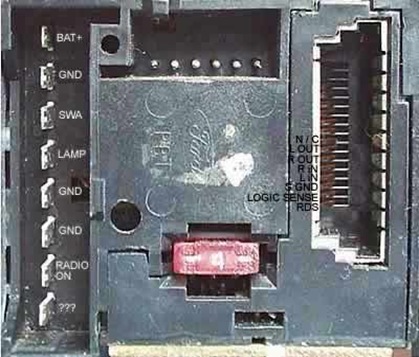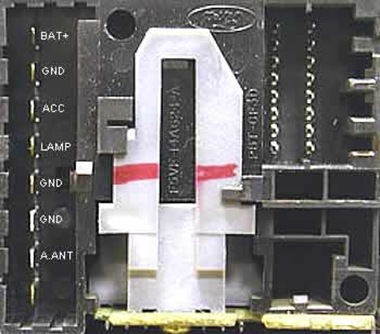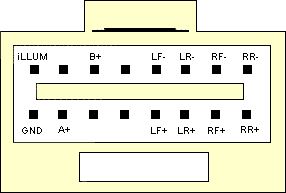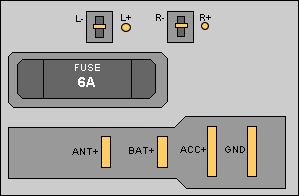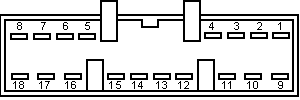Get free wiring diagrams for Ford car radio
FORD
FORD FX3000 MADE IN KOREA BY INTERCONTI
A94 SX 18 C 8122 AA
FORD SOUND 2000
FORD 1998 - 1999
FORD 2006 R (VW SHARAN, FORD GALAXY)
95VW-18K876-JB FDZ7R2WM059374 Made In Portugal
FORD 2006 RDS (Portugal)
FORD 4500 (made in Brazil)
FORD 5000 RDS (Portugal) part no. 96AP-18K876-CC
FORD 7000 RDS (Portugal) part no. 95GB-18K876-BA
FORD 2007 RDS.
FORD 2007 RDS 94FP-18K876-HA (Без внутреннего усилителя НЧ)
FORD 2007 SOUND2 RDS VWZ7Z3 (Без внутреннего усилителя НЧ)
FORD 3500 (4S61-18K876-BA)
FORD 4500 (2S61-18C815-AF)
FORD 4500 (4S61-18C815-AA)
FORD 3000, FORD 4000 (Разновидность разъёма)
FORD 3000, FORD 4000 (Ещё одна разновидность разъёма)
FORD 5000C
FORD 5000, FORD 6000, FORD 7000 (Разновидность разъёма)
FORD 5000 RDS EON (Portugal) part no. 98AP-18K876-BC
FORD 6000 MNE MP3
FORD 6006E CD RDS EON (1S7F-18C815-AD) VISTEON
FORD E-STR 22DPS710
A91SX-18K876-EA (INTERCONTI)
FORD Mondeo, Galaxy, Mazda, Ford CD MP3
FORD Windstar
FORD Radio Navigation System BP1422 (Germany)
FORD 1L2F-18C868-BB Made in MEXICO
FORD 2028 (89GB-19B160-AA) Made In Japan
PRODUCED BY SONY CORPORATION
Casette not have its own power amplifiers
FORD 2008 RDS Made in Portugal
FORD F57F-18C852-BE (made in Mexico)



